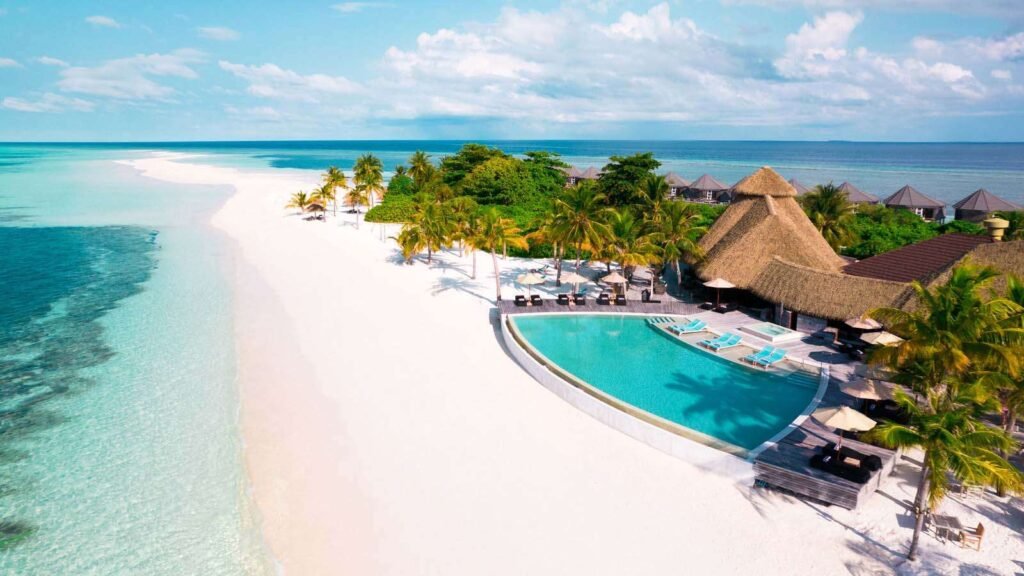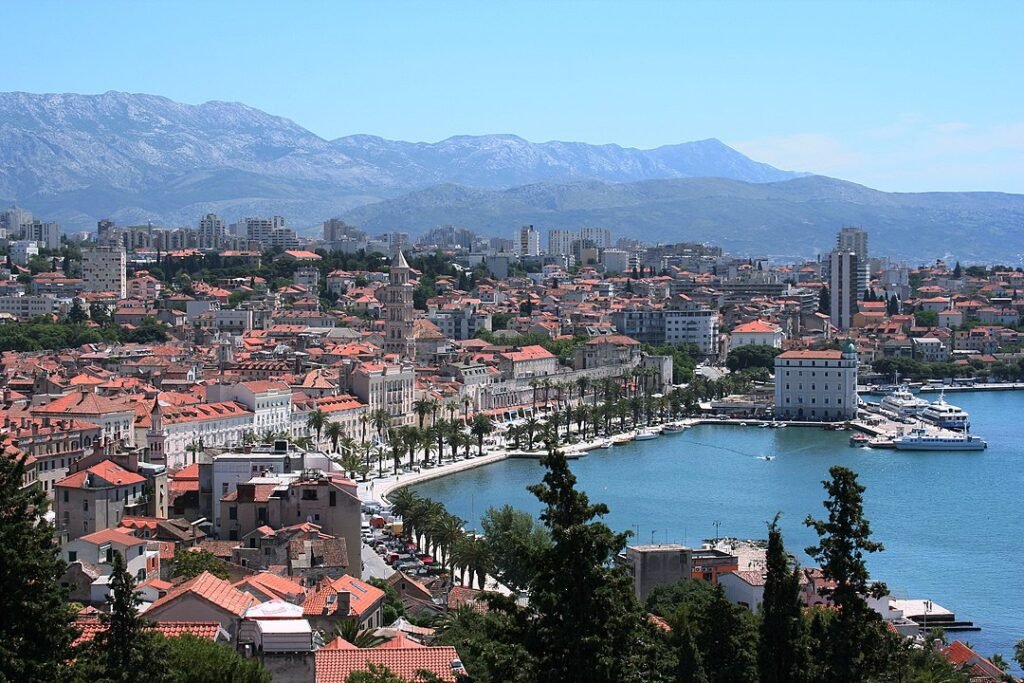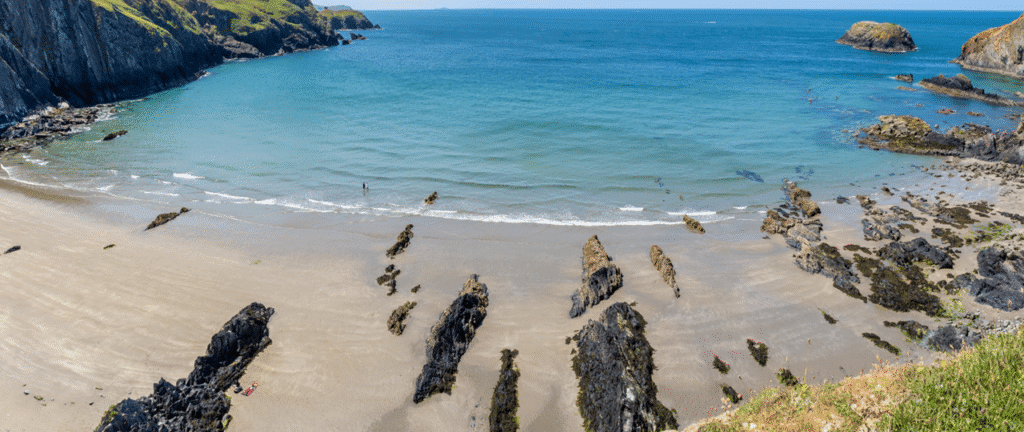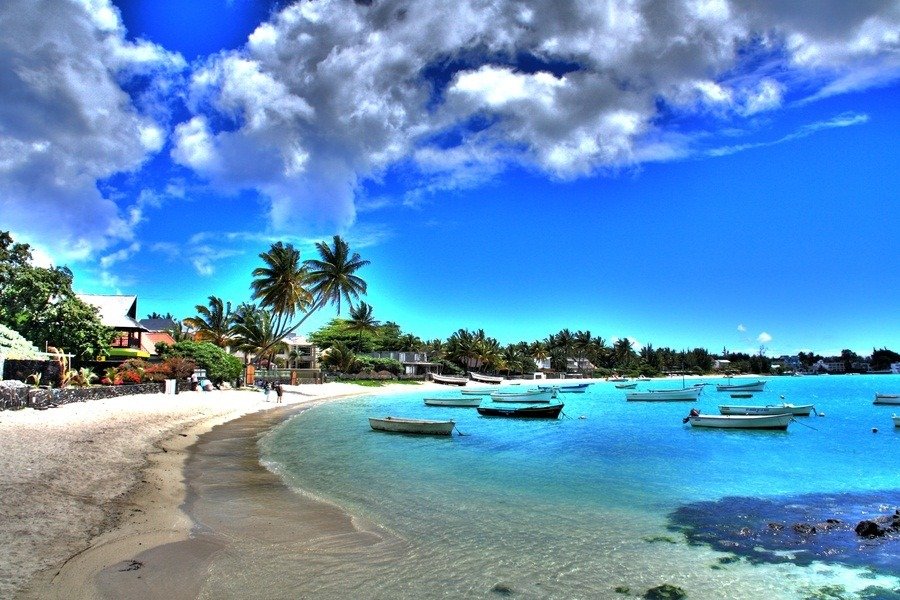
Introduction: Best Time to Visit the Maldives by Budget and Weather
Picture yourself lounging on powdery white sands, the turquoise Indian Ocean lapping at your toes, and the sun warming your skin without a cloud in sight. The Maldives, a scattering of over 1,000 coral islands in the Indian Ocean, is the epitome of a tropical paradise. But when’s the best time to visit this dreamy destination? Whether you’re a family seeking adventure, a couple craving romance, or a solo traveller chasing serenity, timing your trip based on budget and weather can make all the difference. Let’s dive into the seasons, attractions, and practical tips to craft your perfect Maldivian holiday, while also drawing parallels to planning a UK getaway, where weather and budget also play starring roles.
A Brief History of the Maldives as a Travel Destination
The Maldives, once a quiet cluster of fishing communities, transformed into a global tourism hotspot in the early 1970s when the first resort opened on Kurumba Island. Its pristine beaches, vibrant coral reefs, and overwater bungalows quickly caught the world’s attention, particularly among honeymooners. By 2009, the government allowed locals to open guesthouses on inhabited islands, broadening access to budget travellers and diversifying the experience beyond luxury resorts. Today, the Maldives welcomes over 1.7 million visitors annually, drawn to its marine biodiversity and idyllic scenery. Much like the UK’s evolution from historic castles to modern tourist hubs, the Maldives has balanced tradition with tourism, offering cultural insights alongside natural beauty.
Understanding Maldives Weather and Seasons
The Maldives enjoys a tropical climate with temperatures hovering between 25°C and 31°C year-round, rarely dipping below 24°C at night. The islands experience two distinct seasons driven by monsoons:
- Dry Season (November to April): Known as the northeast monsoon, this period brings clear skies, low humidity, and minimal rainfall. Average highs reach 30°C, with February being the driest month (less than 70mm of rain). Expect 8–10 hours of sunshine daily and calm seas, ideal for diving and snorkelling.
- Wet Season (May to November): The southwest monsoon ushers in higher humidity, occasional storms, and rainfall peaking in September (up to 245mm). Showers are often short, followed by sunny spells, but water visibility can be reduced due to plankton. Temperatures remain warm at 27–30°C.
For UK travellers, this mirrors the contrast between the UK’s sunny summer months (June–August) and unpredictable spring or autumn. Just as you’d plan a Lake District hike for July to avoid rain, timing your Maldives trip for the dry season ensures optimal beach weather, though the wet season offers budget-friendly deals akin to off-peak UK city breaks.
Key Data and Trends
- Tourist Arrivals: In 2024, the Maldives saw 1.8 million visitors, with 12% from the UK, making it a top long-haul destination for Brits.
- Seasonal Price Variations: Resort prices in the dry season (December–April) can be 30–50% higher than in the wet season. Flights from London to Malé average £600–£900 in low season (May–October) versus £1,000–£1,500 in peak season.
- Popular Activities: Diving and snorkelling attract 40% of visitors, with 25% of trips booked for honeymoons. Budget guesthouses on local islands like Maafushi have grown 20% in popularity since 2019.
- Regional Differences: The South Ari Atoll is renowned for whale shark sightings, while North Malé Atoll hosts vibrant resorts and cultural sites like Malé’s Friday Mosque.
Major Destinations and Attractions in the Maldives
The Maldives’ 26 atolls offer a range of experiences, from luxury resorts to local island adventures. Here are some must-visit spots:
- Malé: The bustling capital is a cultural hub. Visit the 17th-century Hukuru Miskiy (Friday Mosque), the vibrant Malé Fish Market, and the Tsunami Monument. It’s a great starting point for island-hopping.
- South Ari Atoll: A marine paradise, this atoll is famous for whale shark and manta ray sightings, especially from August to November. Resorts like Lux* South Ari Atoll offer diving excursions.
- Maafushi: A budget-friendly local island with guesthouses, water sports, and access to nearby sandbanks. It’s the heart of the Maldives’ independent travel scene.
- Baa Atoll: A UNESCO Biosphere Reserve, known for Hanifaru Bay, where manta rays gather in the wet season. Ideal for eco-conscious travellers.
- Fihalhohi Island: Perfect for families, with calm waters, lush greenery, and affordable resorts. It’s a romantic haven for couples, too.
- Huvahendhoo Island: Offers family-friendly activities and serene beaches, with resorts catering to all ages.
- Banana Reef: A top dive site in North Malé Atoll, teeming with colourful corals and fish, best visited from January to April for clear visibility.
These destinations parallel the UK’s diverse attractions, think Cornwall’s beaches for relaxation or Edinburgh’s historic sites for culture. Just as you’d visit the Cotswolds for quaint charm, Maafushi offers an authentic Maldivian vibe without the hefty price tag.
Travel Tips and Practical Advice
When to Go
- For Weather: November to April is ideal for sunny skies and clear waters, perfect for diving, snorkelling, and beach lounging. February and March are the driest, with excellent visibility for underwater activities.
- For Budget: May to November offers lower prices on flights and accommodations. September and October, though wetter, provide the best deals, with resorts offering up to 40% off.
- For Families: April and November strike a balance between good weather and fewer crowds, avoiding peak season price spikes.
- For Couples: January to March is prime for romantic getaways, with Valentine’s Day specials at resorts. September is great for budget-conscious honeymoons.
- For Solo Travellers: May to June or October offers quieter resorts and opportunities to connect with locals on islands like Maafushi.
Booking and Costs
- Flights: Book 3–6 months in advance for deals. Low-cost carriers like Wizz Air or Etihad via Middle Eastern hubs can save 20–30%. Check Skyscanner for flights from London, Manchester, or Birmingham.
- Accommodations: Resorts like Conrad Maldives Rangali Island cost £500–£1,500 per night in peak season, while guesthouses on Maafushi range from £50–£150. Airbnb is a budget-friendly option on local islands.
- Packages: All-inclusive deals during the wet season can include meals, transfers, and activities, saving up to 25%. Check operators like Kuoni or Hayes & Jarvis.
- Ramadan Considerations: During Ramadan (February–March 2025), resorts operate normally, but local islands may have restricted dining during fasting hours. Respect local customs by dressing modestly.
Accessibility
- Getting There: Direct flights from London to Malé take about 10 hours. Resorts arrange speedboat or seaplane transfers (£50–£300 per person).
- Island Accessibility: Most resorts offer wheelchair-accessible villas, but check in advance. Local islands like Maafushi have flat terrain, suitable for mobility-impaired travellers.
- Family-Friendliness: Resorts like Huvahendhoo and Dusit Thani Maldives offer kids’ clubs, shallow lagoons, and family villas. Guesthouses may lack structured activities, but are more affordable.
Practical Tips
- Packing: Bring lightweight clothing, swimwear, sunscreen (reef-safe), and a waterproof phone case. For local islands, pack modest attire for cultural respect.
- Currency: Maldivian Rufiyaa (MVR) is the official currency, but USD is widely accepted. Resorts often include taxes in quoted prices.
- Connectivity: Wi-Fi is available at most resorts and guesthouses. Local SIMs (e.g., Dhiraagu) cost £10–£20 for 10GB.
- Health: No vaccinations are required, but use mosquito repellent during the wet season. Tap water is unsafe; stick to bottled water.
These tips echo UK travel planning; booking early for a Cornwall beach holiday or checking accessibility at historic sites like Warwick Castle ensures a smooth trip.
Suggested Itineraries
7-Day Luxury Honeymoon (Dry Season, January–March)
- Day 1–2: Malé and North Malé Atoll
Arrive in Malé, explore the Friday Mosque and Malé Fish Market. Transfer to a resort like Gili Lankanfushi for overwater villa luxury. Enjoy a sunset cruise and spa day. - Day 3–4: South Ari Atoll
Transfer to Lux* South Ari Atoll. Dive with whale sharks or snorkel at Banana Reef. Dine at an underwater restaurant like Ithaa. - Day 5–6: Baa Atoll
Visit Hanifaru Bay for manta ray sightings. Relax on private beaches and join a yoga session. Take a dhoni boat tour for cultural insights. - Day 7: Return to Malé
Shop for souvenirs at Majeedhee Magu and fly home.
10-Day Budget Adventure (Wet Season, September–October)
- Day 1–3: Maafushi
Stay at a guesthouse like Kaani Grand Seaview (£60/night). Snorkel at nearby sandbanks, join a dolphin-watching tour, and enjoy local cuisine at a teashop. - Day 4–6: Fihalhohi Island
Transfer to Fihalhohi Island Resort for budget-friendly luxury. Kayak, paddleboard, or relax on the beach during sunny spells. - Day 7–9: South Ari Atoll
Visit for whale shark dives (plankton attracts them in the wet season). Stay at a guesthouse or mid-range resort like Vakarufalhi. - Day 10: Malé
Explore the National Museum before departing.
5-Day Family Getaway (April or November)
- Day 1: Malé
Tour cultural sites and stay at a mid-range hotel like Samann Grand. - Day 2–4: Huvahendhoo Island
Check into a family-friendly resort with kids’ clubs. Enjoy shallow lagoons for safe swimming and guided snorkelling tours. - Day 5: Malé
Return for a quick city tour and departure.
These itineraries mirror UK travel routes, like a 7-day Cornwall and Devon coastal tour or a 5-day family trip to the Lake District, balancing exploration with relaxation.
Where to Eat and Stay
Dining
- Malé: Symphony Restaurant offers Maldivian curries and seafood (£10–£20 per person). The Seagull Café serves international dishes with ocean views.
- South Ari Atoll: Lux* South Ari’s East Market has Asian-inspired buffets (£30–£50). Ithaa Undersea Restaurant at Conrad Maldives is a bucket-list experience (£100–£150 per person).
- Maafushi: Local teashops like Rehendhi serve mas huni (tuna and coconut breakfast) for £2–£5. Arena Beach Restaurant offers grilled fish and cocktails (£10–£15).
- Baa Atoll: Six Senses Laamu’s Leaf Restaurant uses organic ingredients for Mediterranean dishes (£40–£60).
Accommodations
- Luxury: Gili Lankanfushi (North Malé Atoll, £800–£1,500/night) offers overwater villas and eco-friendly luxury. Six Senses Laamu (Baa Atoll, £600–£1,200) emphasises wellness.
- Mid-Range: Fihalhohi Island Resort (£150–£300/night) blends affordability with comfort, ideal for families. Vakarufalhi Island Resort (South Ari, £200–£400) offers dive packages.
- Budget: Kaani Grand Seaview (Maafushi, £50–£100/night) provides beachfront guesthouse charm. Stingray Beach Inn (Maafushi, £40–£80) is great for solo travellers.
Compare this to the UK: dining at a Cornish seafood shack or staying at a boutique Cotswolds B&B offers similar charm, while luxury hotels in London parallel Maldives resorts.
Seasonal Events and Special Experiences
- Independence Day (July 26): Celebrated with parades, performances, and fireworks, especially in Malé. Join locals for a cultural immersion.
- National Day (October 17–18): Features military parades and Maldivian feasts like Huni Hakuru Folhi. Best experienced on local islands.
- Ramadan (February–March 2025): Resorts host iftar feasts with traditional dishes like rose-flavoured juices. Local islands offer cultural insights, but respect fasting hours.
- Mawlid (November): A vibrant festival with street processions and mosque decorations, showcasing Maldivian heritage.
- Bioluminescence (June–December): Witness glowing plankton on night swims, especially in Baa Atoll or Maafushi, a magical experience akin to stargazing in the UK’s Dark Sky Parks.
These events parallel the UK’s seasonal offerings, like Guy Fawkes Night or summer music festivals, adding cultural depth to your trip.
Broader Travel Themes for UK Travellers
Planning a Maldives trip highlights universal travel considerations: balancing weather, budget, and experiences. In the UK, similar principles apply. Visit the Scottish Highlands in summer for mild weather and hiking, much like the Maldives’ dry season for diving. For budget-conscious UK trips, consider off-peak visits to cities like York or Bath, mirroring the Maldives’ wet season deals. Families can explore theme parks like Alton Towers in spring, akin to Huvahendhoo’s family-friendly resorts. Couples might choose a romantic Cotswolds escape, paralleling a Maldives honeymoon. Solo travellers can enjoy the solitude of Dartmoor’s trails, much like Maafushi’s quiet beaches. The key is aligning your priorities, weather, cost, or activities with the destination’s seasonal strengths.
Conclusion
The Maldives is a year-round paradise, but timing your visit based on budget and weather unlocks its full potential. The dry season (November–April) offers pristine conditions for diving and romance, while the wet season (May–November) delivers affordability and unique wildlife encounters. With tailored itineraries, cultural events, and a range of accommodations, there’s something for every traveller. Just as you’d plan a UK holiday around summer festivals or autumn foliage, let the Maldives’ seasons guide your tropical adventure. Pack your sunscreen, book smart, and dive into this island utopia. Your perfect getaway awaits.


